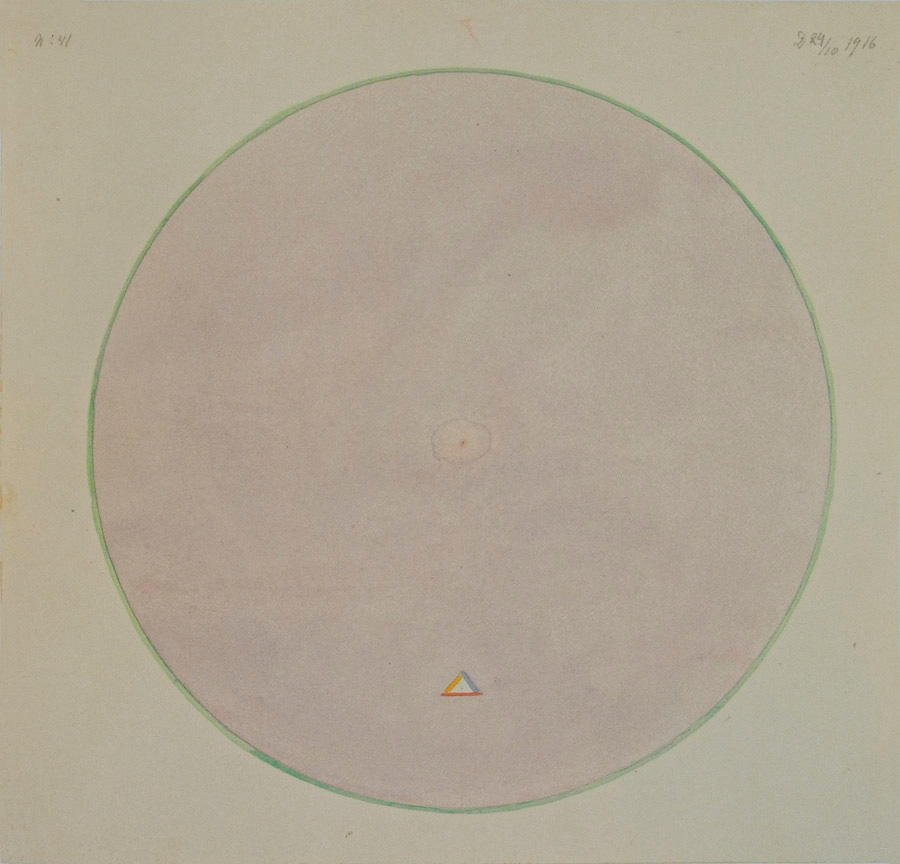I have benefited enormously from various meditation practices over the years, yet I’ve always been aware that many people find the idea of meditation inaccessible. People worry that meditation is too hard to learn, that it will become just another thing they’ll fail at, or they’ve encountered a meditation tradition that has heaped on rules and expectations. What is supposed to be a technique for stress reduction and a method for finding inner peace is, for many, intimidating, time-consuming, and overwhelming. Hustle culture, performance culture, and perfectionism have devoured a good thing.
So I’m not going to talk about meditation or mindfulness.
But I do want to talk about breathing: accessible, easy-to-learn, not-at-all-intimidating breathing exercises that can help us feel better quickly.
We’re all breathing anyway! You’re doing it right now! We’re often just breathing in ways that reflect current stress or past trauma, the caffeine we’ve recently ingested, or years of inattention to our lungs and nostrils. Learning some simple, impactful breathing techniques can dramatically reduce anxiety, depression, and neurotic, repetitive thinking. Focused attention on breathing signals to the parasympathetic nervous system that we are safe. And the benefits can extend to others. A balanced nervous system is contagious. The more “centered” our beings and bodies are, the more that those around us are supported in their own self-regulation.
So starting today, I’ll periodically introduce simple breathing exercises that can have immediate, calming effects—even while reading!—and can be learned and practiced anywhere in minutes. No pressure. No expectation.
Here’s one quick technique. If you choose to continue reading, it’ll take 3 minutes or less to learn. I’ve even made a short video!
Breath Practice #1: Vooooo….
One of the pioneers of understanding how to reverse the negative effects of psychological trauma on the body is Dr. Peter A. Levine, creator of Somatic Experiencing. His book, In an Unspoken Voice: How the Body Releases Trauma and Restores Goodness, offers a deep dive into his research and includes multiple exercises to support trauma release. Levine adapted the following breathing exercise from certain religious chants that utilize the drone, known to have beneficial effects on the nervous system even when we just listen.
Singing and chanting are used in religious and spiritual ceremonies among every culture for “lightening the load” of earthly existence. When you open up to chant or sing in deep, resonant lower belly tones, you also open up your chest (heart and lungs), mouth and throat, pleasurably stimulating the many serpentine branches of the vagus nerve.
Certain Tibetan chants1 have been used successfully for thousands of years. In my practice, I use a sound borrowed (with certain modifications) from some of these chants. This sound opens, expands and vibrates the viscera in a way that provides new signals to a shut-down or overstimulated nervous system. (Levine, p. 125)
How to do it:
Close your eyes, if you feel safe doing so.
Inhale through the nose and exhale through the nose twice to start to settle your breathing and mind.
Inhale through the nose and then make a long “Vooooooo” sound while exhaling through the mouth.
The “o” sound rhymes with “you.”
Make the noise until your entire exhale runs out.
You can practice enhancing or deepening the sound to create some vibration in the upper chest and belly.
Repeat this inhale and exhaling with “Voooo” at least 3 times.
Vibrate the sound as though it were coming from your belly.
At the end of the breath, pause briefly and allow the next breath to slowly fill your belly and chest. When the in breath feels complete, pause, and again make the “voo” sound on the exhalation until it feels complete. (Levine, p. 126)
I’ve created a small video below to walk you through this if you want to follow along!2
What did you experience after trying this breathing technique? Do you have a favorite breathing exercise that helps you to come back into balance?
We’ll practice this breathing exercise together briefly during our Sunday gathering on January 28th at 10am PST | 1pm EST | 6pm GMT.
All paid subscribers will receive a Zoom link to join and a recording afterward. If you’re not yet a paid subscriber, you can upgrade to join.
You can listen to an example of those Tibetan chants with the deep, resonant sound here — start around the 9-minute mark.
I mispronounced Dr. Levine’s name in the video! It’s La-vEEne (not La-vIne).






This is very helpful! Also, I practice QiGong, which includes many breathing and sound techniques.
We take in so much negativity just watching the news, etc. All the best, Barbara Bartels
Love this technique! Simple and effective. Can be done easily at any point throughout the day :-) Also, thank you for sharing the artwork of Hilma af Klint. Oh my, I'm hooked! I found YouTube videos that share more about her work and the exhibit that was at the Guggenheim. Breathtakingly beautiful https://youtu.be/QUAU_Ym8rY8?si=ys-rq8NYQHYlP3YV